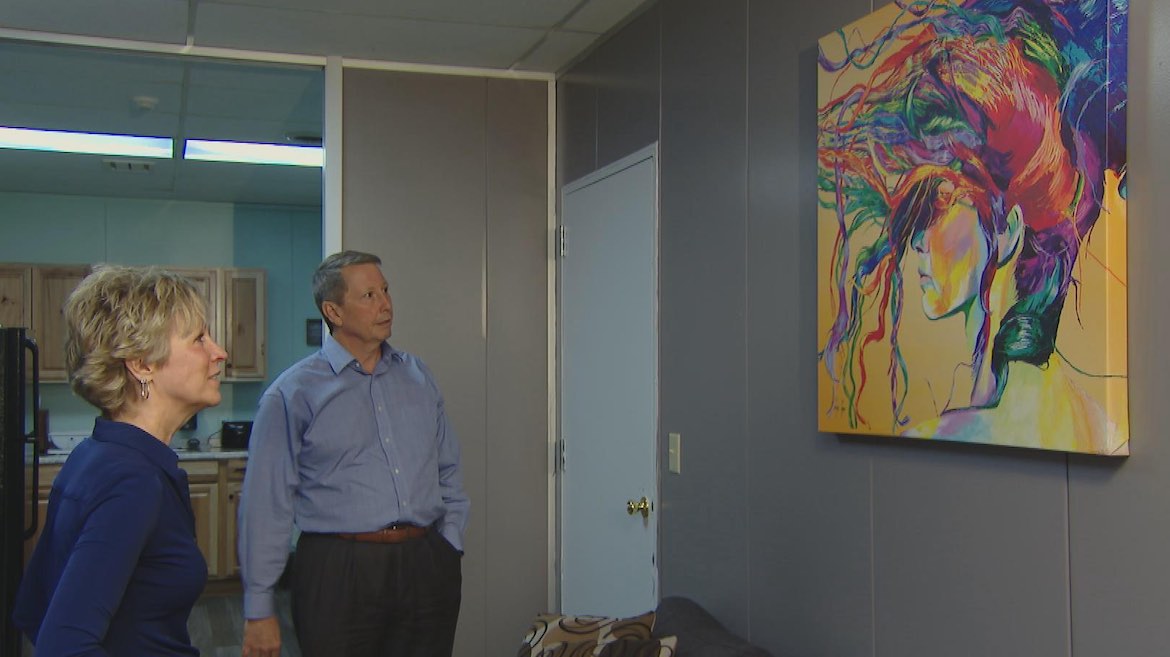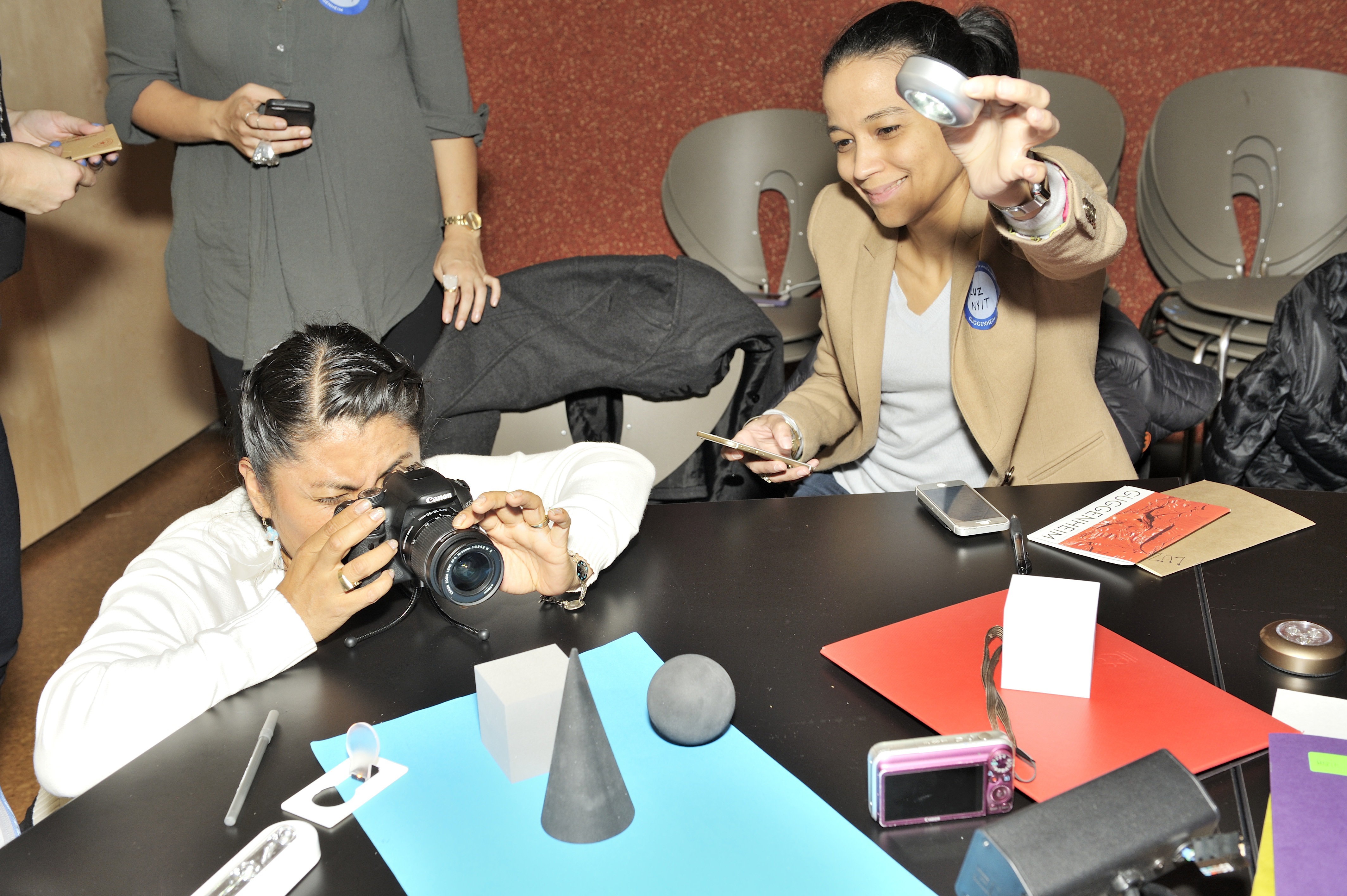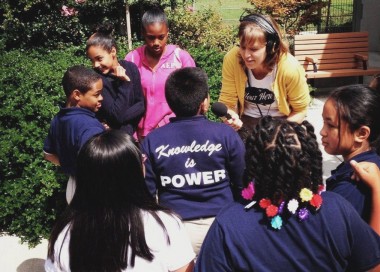Tag: Outreach
Having equitable impact means overcoming the barriers we keep in place
Good or even great work is not always equitable work. We often simply don’t reach children of color because we establish or ...Pennsylvania stations collaborate on multimedia response to opioid crisis
Seven public stations wanted to demonstrate the difference public media could make in responding to a statewide epidemic. The content has helped ...‘American Masters’ pursues Latino audiences with events, social media efforts
The push centered on a documentary about influential photographer Pedro E. Guerrero.Storytelling ‘pop-up’ Hear Here builds bridge from KALW to Oakland
Hear Here launched last spring as an experiment testing new ways to collect and distribute hyperlocal stories. About twice a month on ...Not In Our Town: ‘Public media at its best’ seeks civility
A movement against hate crimes called Not In Our Town, spawned by a 1995 documentary on PBS, has come to represent many ...New mindset requires new habits: listen, earn trust, partner-up
The professionals who work to engage public media groups in their communities are still learning what it takes. In a series of articles, ...High stakes + direct access = full engagement
Noel Gunther remembers the moment when he realized that public broadcasting had to get involved in traumatic brain injury education. It was ...Veterans’ welcome home morphed from doc to project to movement
Wisconsin Public Television’s LZ Lambeau “welcome home” outreach for Vietnam veterans and their supporters last month was judged so successful that pubcasters ...Wisconsin plan: ‘I’d be there for that’
While shooting more than 100 interviews for their Wisconsin Vietnam War Stories series, Wisconsin Public Television producers kept hearing the same comment from many ...But how did outreach affect life in the real world?
The evaluation — one of the most extensive attempts to assess the influence of a public TV outreach project — found that ...






